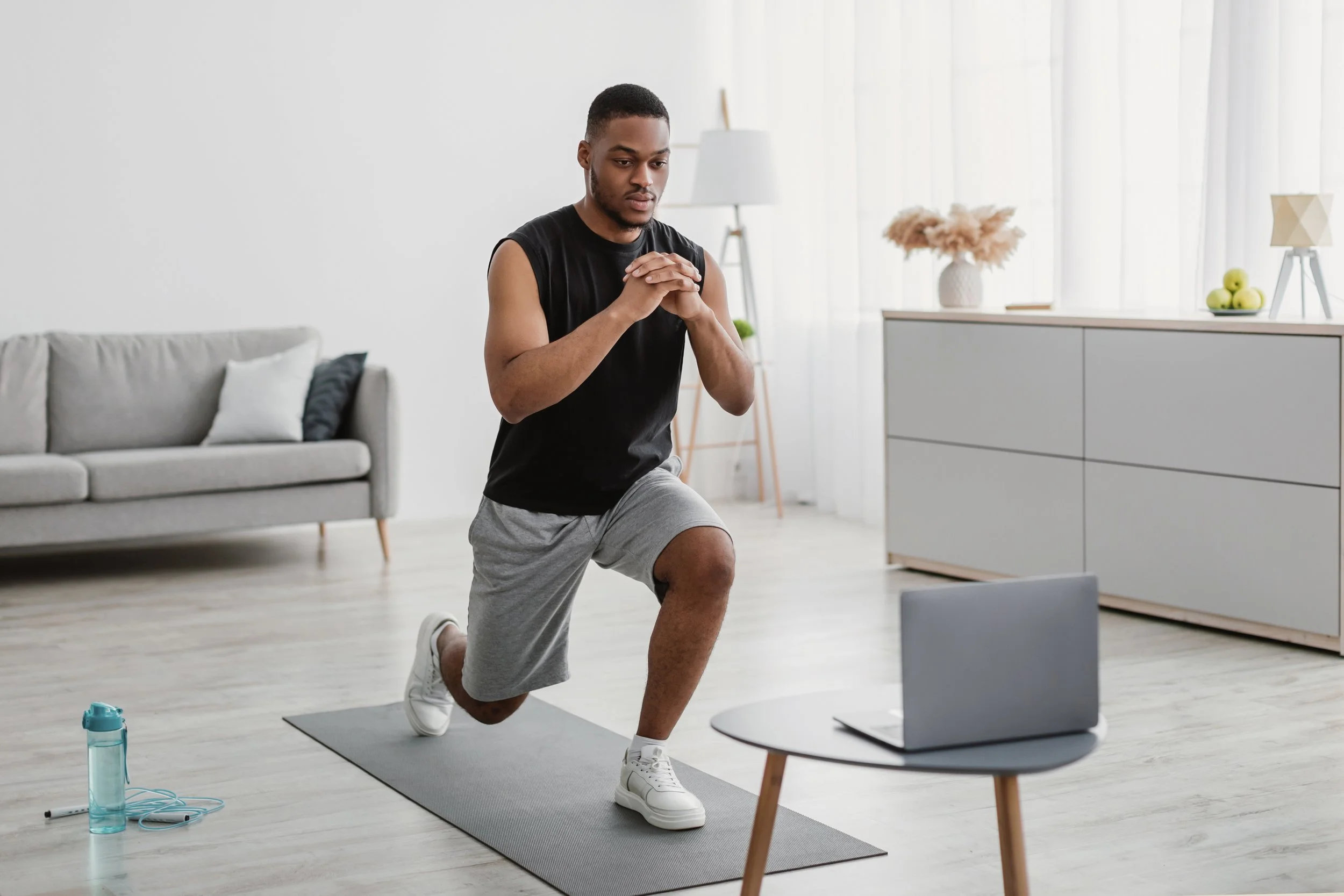Exercise From: Why correct form is so important
Form is Everything: Your Key to Effective Workouts, Injury Prevention, and Lasting Results
In the world of fitness, form isn't just a detail – it's the difference between reaching your goals and getting sidelined by injuries. Proper exercise technique is the key to maximizing results, preventing setbacks, and building a body that's strong, functional, and resilient.
The Power of Good Form
When you prioritize form, you unlock a whole range of benefits:
Targeted Muscle Activation: Engage the right muscles for faster strength gains, improved posture, and increased mobility.
Enhanced Workout Efficiency: Eliminate wasted movements, channeling your energy where it truly counts.
Accelerated Strength Gains: Build strength safely and effectively by isolating the muscles you want to work.
Reduced Injury Risk: Protect your joints, tendons, and ligaments from unnecessary strain, allowing you to train consistently and enjoy a lifetime of activity.
Form: Your Foundation for Fitness Success
Your body is an intricate system where everything is connected. When one part moves incorrectly, it can create a chain reaction of pain, discomfort, and even long-term damage. Good form acts as a shield, protecting you from the potential downsides of exercise so you can reap all the benefits.
Beyond Injury Prevention: Form as a Performance Booster
Correct form isn't just about staying pain-free; it's the secret to unlocking your full fitness potential. Here's how proper technique can transform your workouts:
Faster Results: Achieve your strength and mobility goals more quickly through laser-focused muscle activation.
Increased Energy and Endurance: Conserve energy by eliminating wasted movements, allowing you to push harder and longer.
Sustainable Progress: Build healthy movement patterns that support an active lifestyle for years to come.
The Importance of Investing in Your Form
Committing to proper form is an investment in your health, both now and in the future. By moving correctly, you preserve your joints and tissues, ensuring that you can continue to enjoy the activities you love without limitations.
Embrace the Challenge, Reap the Rewards
Remember, good form takes practice and patience. Don't get discouraged if it feels challenging at first – that's perfectly normal! Focus on mastering the basics, and the benefits will come. Proper form is a skill that will pay dividends in every aspect of your fitness journey, empowering you to move with confidence and smash your goals.
BONUS TIPS: 💥 Exercise from: Why correct form and posture are important for a home workout
When it comes to working out at home, correct form and posture are crucial for achieving optimal results and preventing injuries. Whether you're recovering from an injury or simply seeking pain relief and improved mobility, paying attention to your form can make all the difference.
Proper posture is the foundation of any effective workout routine. It ensures that your body is aligned correctly, allowing for maximum muscle engagement and minimizing strain on your joints. By maintaining good posture during exercises, you can target the intended muscles more effectively and reduce the risk of overcompensation or imbalance.
Additionally, correct form is essential for injury prevention. When you perform exercises with improper form, you put yourself at a higher risk of strains, sprains, and other injuries. By focusing on proper technique and alignment, you can minimize the stress on your body and decrease the likelihood of setbacks in your recovery process.
Here are a few tips to help you maintain correct form and posture during your home workouts:
Start with a proper warm-up: Before diving into your workout, take the time to warm up your muscles and joints. This will help prepare your body for the exercises ahead and reduce the risk of injury.
Pay attention to alignment: Whether you're doing squats, lunges, or push-ups, make sure your body is aligned correctly. Keep your spine neutral, shoulders back and down, and engage your core muscles for stability.
Use mirrors or video recordings: If possible, set up a mirror or use your phone to record yourself during your workouts. This will allow you to visually assess your form and make any necessary adjustments.
Start with lighter weights or modifications: If you're recovering from an injury, it's important to start with lighter weights or modifications of exercises. This will help you gradually build strength and mobility without putting too much strain on your body.
Remember, the goal of a home workout is not just to break a sweat, but to do so safely and effectively. By prioritizing correct form and posture, you can maximize the benefits of your exercises and minimize the risk of setbacks. So, next time you hit the mat or grab those dumbbells, focus on your form and let your body reap the rewards.

